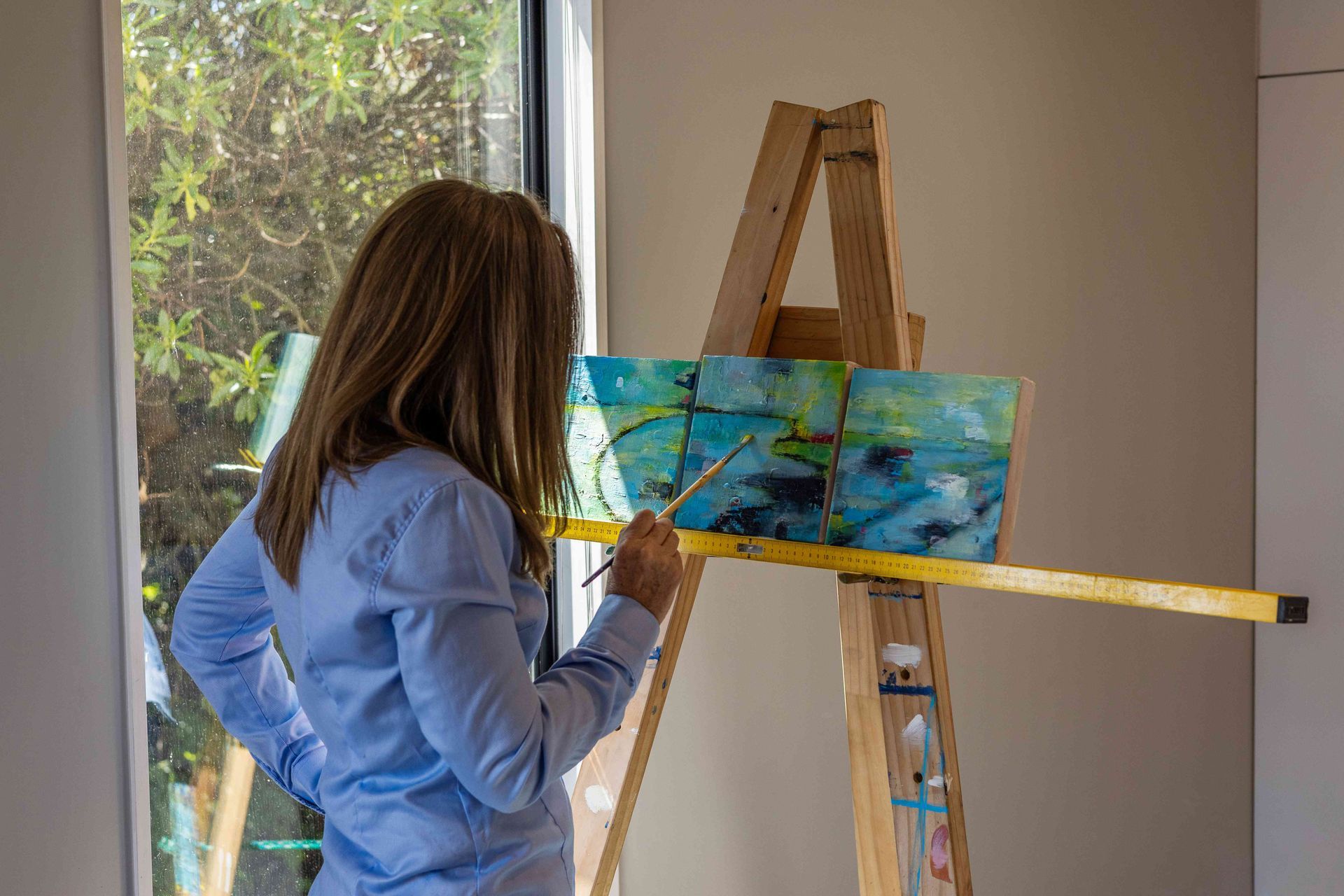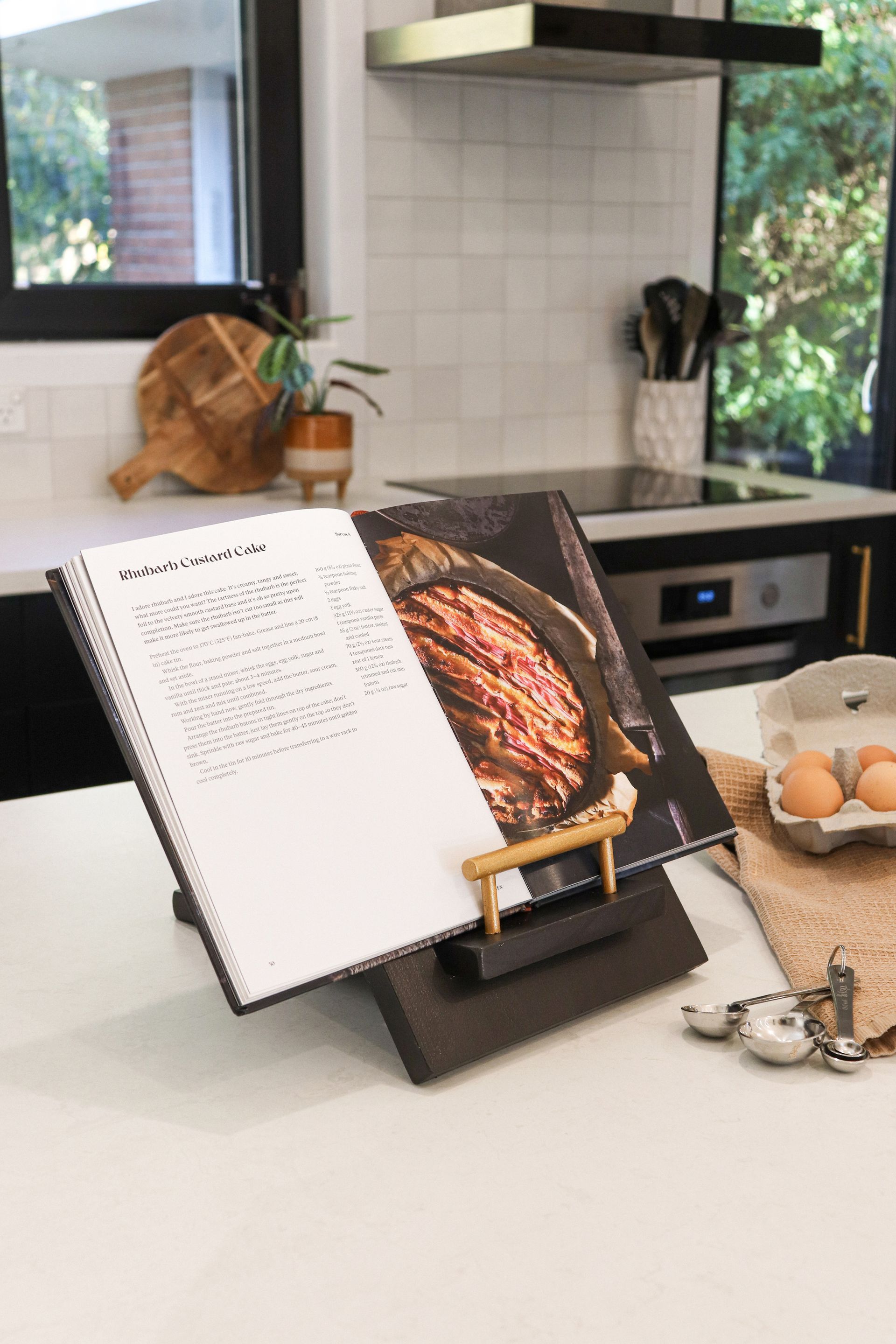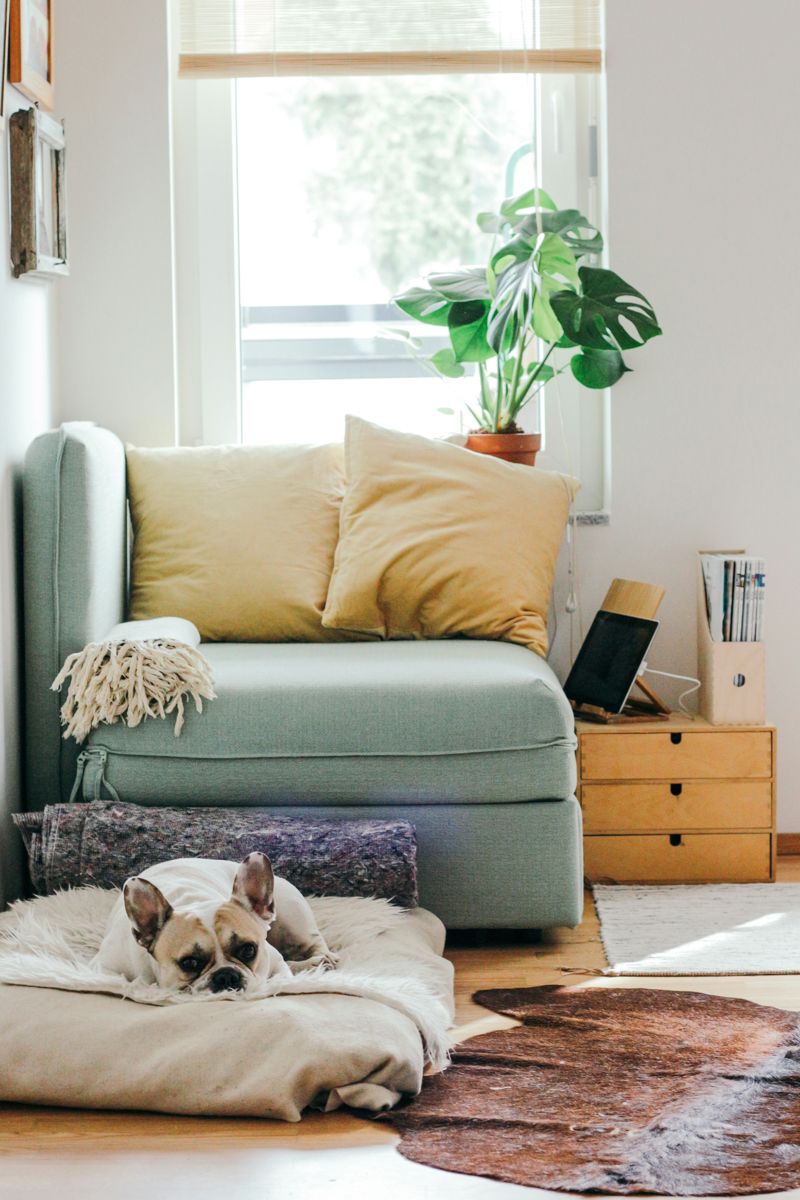Julie Wightman is passionate about design, fashion, sustainability and most importantly colour. For her, it
all comes back to colour.
Within minutes of arriving at interior designer Julie Wightman’s home I feel as though I have been enveloped in a warm hug. There is coffee on the table, biscuits in the oven and generous open flowing conversation.
Growing up in Ashburton, Julie often found herself gravitating towards the arts and on leaving school set off to study towards a Bachelor of Interior Architecture before heading offshore, spending several years working in London and Sydney before family brought her home.
‘My time overseas was instrumental to my journey. It was where I discovered the value of good quality craftsmanship,’ she explains, ‘and the role the creator plays in the story [of a piece of furniture].’
This connection with quality and hands-on craftsmanship continues to play a key role in her work as an interior designer today. ‘Interior design, to me, isn’t about what is cool or following trends, it is about functionality and conscious decisions. It is about improving how my clients live and interact with their spaces, and what those spaces say about them. I love hearing stories about pieces of furniture or other items that have been passed down through generations, or that were purchased from a flea market or on holiday, and then building a functional space around this.’
Balancing a young family with her career in Ashburton saw Julie branch out into personal styling and teaching, as well as growing her creative outlet as an artist. ‘Everything I do is connected to colour,’ she laughs. ‘The personal styling has become an integral part of my business and I love seeing how liberating it can be when someone discovers how to dress for their shape, personality and colours.

‘As busy mums and working women we often only have five minutes to get dressed, and being able to work with clients to create a wardrobe that has been tailored to them is empowering. Just like when I work with someone on colours and furniture for their home, personal styling is about finding colours and items that work for them. It isn’t about me and my tastes, or what is on trend, it is about personalising the finished product, to make living easier, and my clients more confident in how they present themselves to the outside world.’
Building on this personalised design solution, Julie is excited about the future with collaborations in the pipeline with fabric manufacturers and furniture makers. ‘It is about being able to bring people’s stories to life and into the home,’ she explains. ‘My hope is to create personalised textiles, using motifs inspired by a leaf from their favourite tree for example, and design something that is beautiful and bespoke, but that is also made well. It allows us to be building meaningful and beautiful interiors that are also functional.’
Describing herself as a modern, abstract colourist when it comes to her art, it is hard not to get caught up in Julie’s passion for colour. But what will stay with me long after this article has been written and enjoyed, is her approach to a simple life.
‘I am not after fame or a big career,’ she shares with a smile. ‘I don’t need a lot. What I want is to make life easier for other people; I want to contribute to improving how everyone lives – whether they can afford an interior designer or not.
‘I also want to inspire people to express themselves. To create and build on their individual character, through their wardrobe, their colours, their homes. There is more to life than being the same as everyone else. We all have a story to tell – I want to help people embrace theirs.’
Recent stories



All Rights Reserved | CountryWide Media

